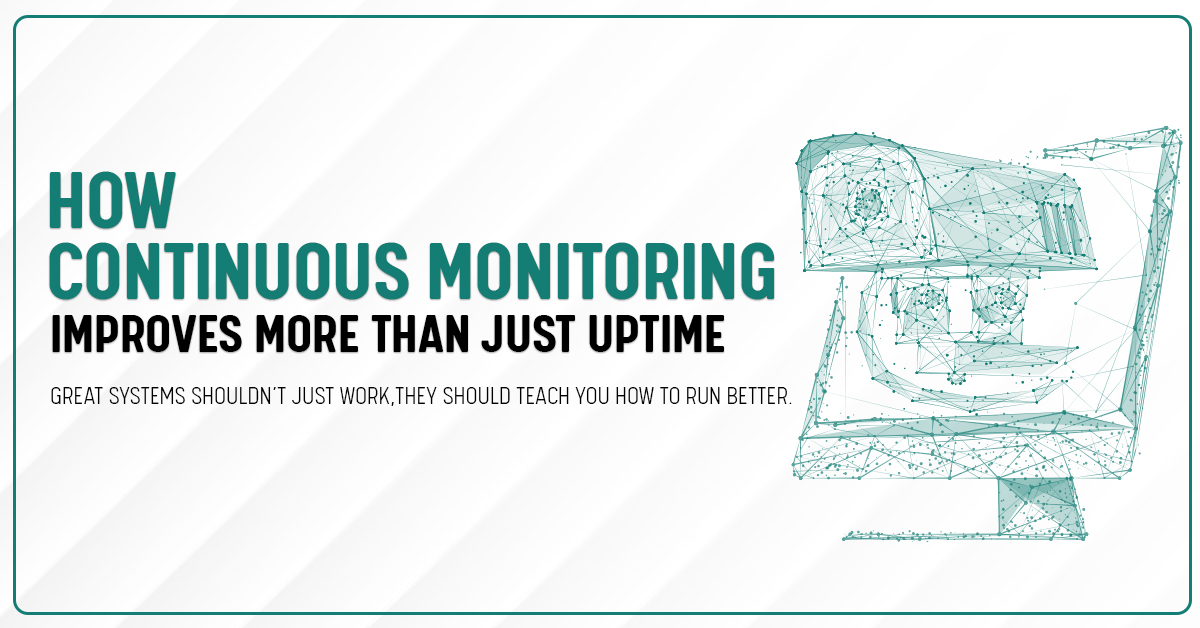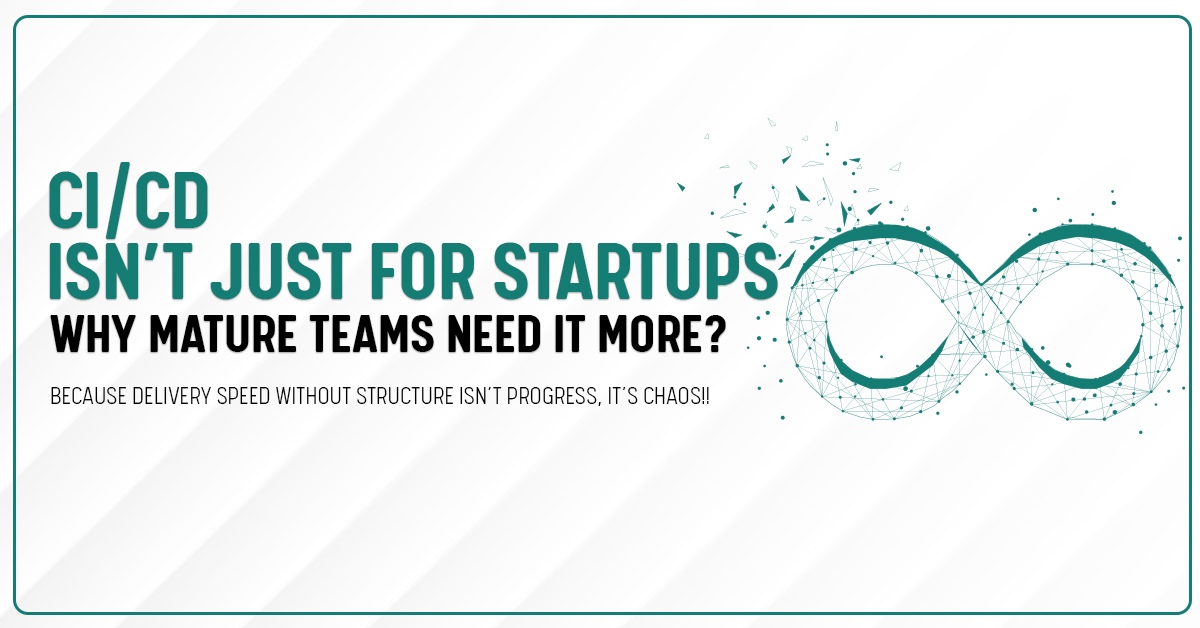It’s easy to think of cloud storage as endless, and, let’s be honest, kind of invisible. You upload a file, it’s just… there. Whether it’s an invoice from last week or a 10-year-old backup, everything lives together in what feels like the same digital space.
But behind the scenes, not all cloud storage is created equal.
And if you’re treating every piece of data the same, you’re probably overspending.
That’s where cloud storage tiering comes in. It’s one of the most overlooked, yet high-impact cost optimization strategies businesses can adopt today. And it doesn’t just save money, it improves how your data works for you.
Let’s break it down.
What Is Cloud Storage Tiering, Really?
Think of cloud storage tiers like different shelves in your office:
-
The top drawer has stuff you use every day.
-
The middle drawer is for things you check once a month.
-
The locked cabinet is for records you legally need to keep, but probably won’t touch for years.
Cloud storage works the same way. Providers like AWS offer multiple tiers of storage, each designed for specific access patterns and retention needs. The catch? They’re priced accordingly.
Here’s a simple breakdown using AWS as an example:
| Tier | Use Case | Cost |
|---|---|---|
| S3 Standard | Frequently accessed data | $$$ |
| S3 Standard-IA | Infrequent access, but still quick | $$ |
| S3 Glacier Instant | Archival access within minutes | $ |
| S3 Glacier Deep Archive | Long-term storage, rarely accessed | $ (very low) |
So why does this matter? Because most businesses store all their data at the top tier, even when they don’t need to.
Why This Happens: The Set-It-and-Forget-It Trap
Most teams set up cloud storage early on and never look back. Data gets uploaded automatically, backups are scheduled, and over time, the system is holding massive volumes of rarely touched data, all at premium rates.
This happens because:
-
No one knows what data is actually “hot” vs. “cold”
-
There’s fear of accidentally deleting something critical
-
Cloud bills are hard to decipher, so cost is abstract
But here’s the thing: you don’t have to delete anything to save money.
You just have to move it to the right tier.
Real-World Savings from Smart Tiering
Let’s say you’re a company storing:
-
5 TB of active product data
-
15 TB of marketing media that hasn’t been touched in 9 months
-
25 TB of archived compliance records from 2017
If all of that lives in S3 Standard, you’re paying more than double what you’d pay with a tiered approach.
By analyzing access patterns and moving media files to S3 Standard-IA, and archiving the old records in Glacier Deep Archive, you could cut storage costs by 40–60%, without losing access to anything.
That’s not theoretical. We’ve helped clients do exactly that. One customer reduced their monthly AWS bill by over $2,800 with just two weeks of analysis and automated lifecycle rules.
How Tiering Works in Practice
Most cloud providers make tiering easy, once you know where to start. Here’s a general process we follow:
1. Audit Your Data
What’s being stored, and when was it last accessed? AWS, Azure, and GCP all provide metrics on this.
2. Set Lifecycle Policies
These are automated rules that move data between tiers based on how long it’s been sitting idle.
For example:
“If no one accesses this file for 60 days, move it to Standard-IA.”
“If no access for 180 days, move it to Glacier.”
3. Test, Monitor, Adjust
Not everything should be tiered. You still want fast access to business-critical files. But with the right monitoring in place, it’s easy to strike the balance.
But What About Access Speed?
Good question. Here’s the tradeoff:
-
Standard / IA tiers = immediate access
-
Glacier Instant = access within minutes
-
Glacier Deep Archive = access within hours
The key is knowing which data needs that instant access, and which doesn’t. For long-term backups, financial records, or compliance archives? A few hours’ delay is worth the savings.
What Makes This Worth It in 2025
Here’s why this conversation is especially timely now:
-
Cloud storage usage is exploding, especially with AI workloads and multimedia content.
-
Budgets are tightening, and IT leaders are under pressure to do more with less.
-
Data privacy laws are pushing businesses to retain more data, not less, so deleting is no longer the answer.
Cloud storage tiering is one of the few strategies that helps you keep everything and still save.
Conclusion: It’s Time to Get Intentional About Storage
You don’t have to be drowning in data to benefit from storage tiering. Even modest businesses with modest storage footprints are likely overspending without realizing it.
And the best part?
You don’t need to overhaul your infrastructure to get started.
All it takes is a clear plan, smart policies, and the right partner.
Want to reduce storage costs without sacrificing access or security?
Let’s make your cloud work smarter: https://varrow.tech/solutions/cloud




